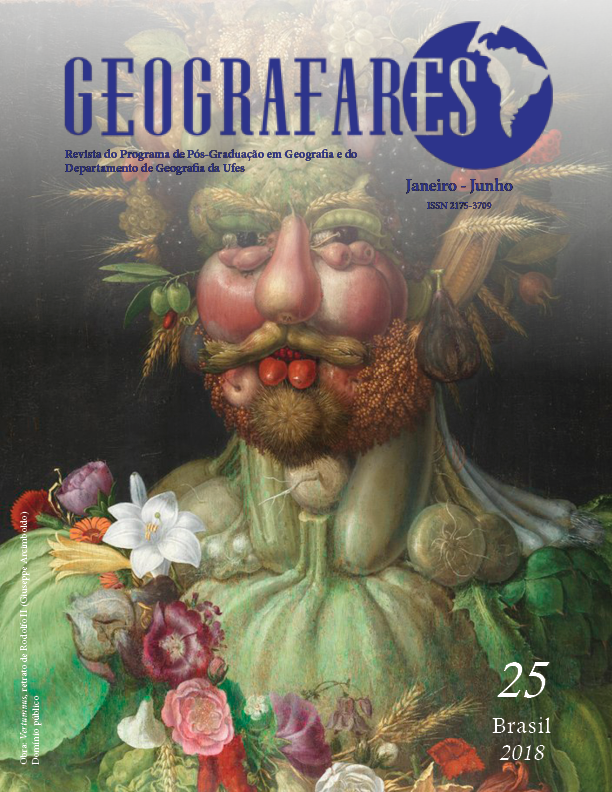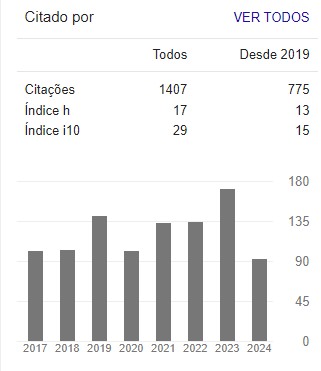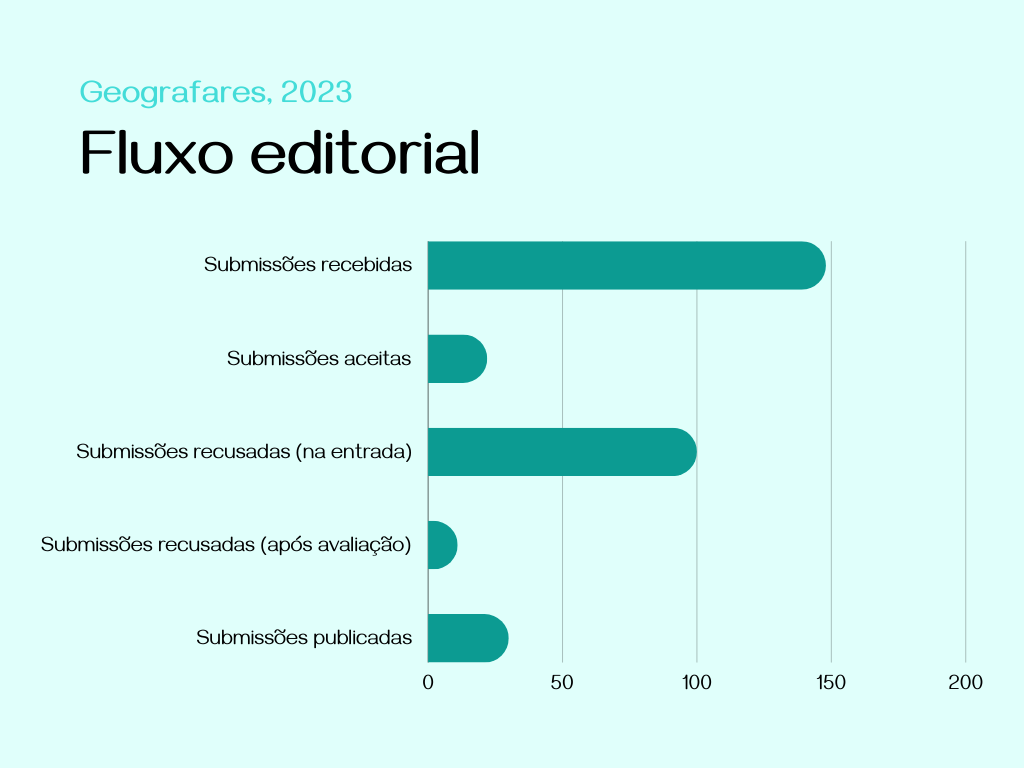Gastronomy and tourism: Traditional breadmaking in São Gotardo, Caxias do Sul-RS, Brazil
DOI:
https://doi.org/10.7147/GEO25.17418Abstract
In the final decades of the nineteenth century, immigrants from Italy arrived at southern Brazil in search of new perspectives of life. Among culinary traditions brought by them are ways of baking, since bread is a culturally important food in the ways of life of this and other ethnic groups. Considering this context, present article proposes to register traditional processes of baking in São Gotardo, Caxias do Sul, Brazil, where Italian-descendants still use clay oven and non-industrial yeasts. It’s important to consider that São Gotardo is located in the tourist region of the Serra Gaucha, and gastronomic offer can turn out to be a differential in the dispute to attract tourists to this place. Methodology was supported by participant observation, with interview, photographic record and notes in research diary, as well as baking workshops for demonstration and registration of recipes and bread preparation techniques, attended by four old women from the community who still produce the yeast itself, for use in domestic baking. As a result, it is possible to note that there is permanence of traditions associated with the eating habits of Italian-Brazilian families of São Gotardo, through making of bread with potato and apple yeast, and the rituals that surround it. In this way, it is understood that the material and symbolic patrimony present in bread can constitute a product of tourist consumption based on the local gastronomic identity.
Keywords: Food Tourism; Breadmaking; São Gotardo, Vila Seca, Caxias do Sul-RS, Brazil.
Downloads
Downloads
Additional Files
Published
How to Cite
Issue
Section
License
Copyright (c) 2018 Geografares

This work is licensed under a Creative Commons Attribution 4.0 International License.
Copyrights Declaration
Authors who publish in the journal agree with the following terms:
- Authors will keep their copyrights and grant the journal the right to their first publishing, simultaneously licenced under Creative Commons Attribution License which allows sharing their work with authorship recognition and initial release through this journal.
- Authors may sign additional contracts separately diffusing a non-exclusively version of the paper published in this journal (i.g. publishing in institutional repository or as a book chapter), once citing the authorship and initial release through this journal.
- Authors are encouraged to publicize and diffuse their paper online, for example onto institutional repositories or on their personal websites.



























